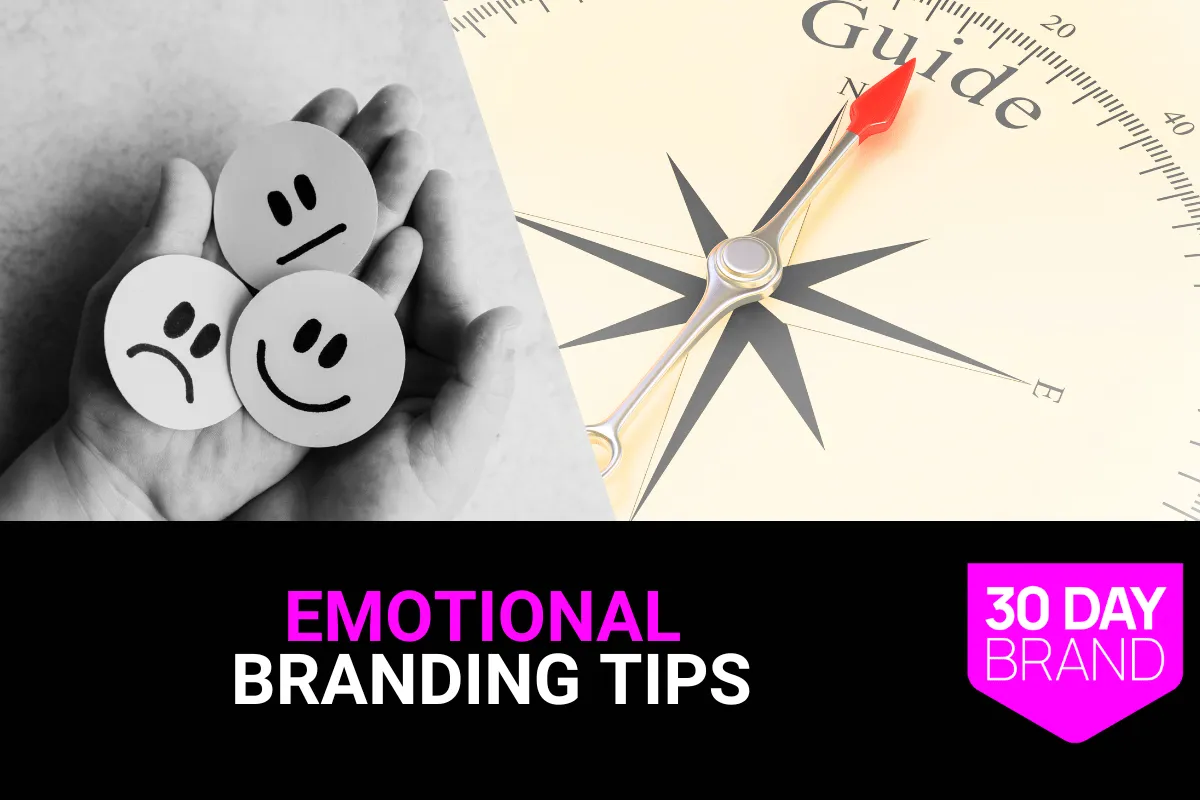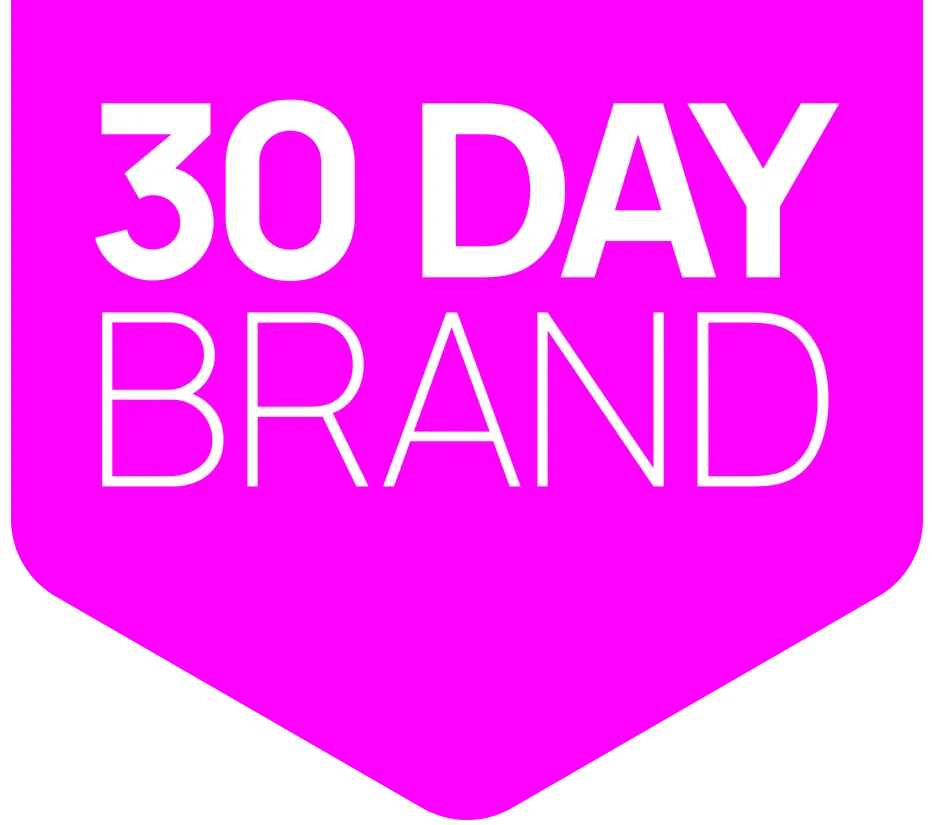
Emotional Branding: Creating Deep Connections Through Story
Founders win when customers feel seen. Emotional branding connects your purpose to buyer desires so trust compounds. Start here, then expand with our brand storytelling complete guide.
Emotional Branding Definition
Emotional branding creates lasting bonds by aligning brand values with deep human motivators through story and experience.
The 12 Emotional Triggers
1) Belonging
When you’re building a business, isolation kills momentum. People want to feel part of something bigger.
What it is: Create community identity.
How to do it: Name the tribe, use member stories, host rituals.
Expected results: Advocacy rises when identity is clear (Edelman, 2024).
Time to implement: 2–4 weeks.
Cost: Community ops.
2) Security
Your buyers worry about risk. A sense of safety calms objections and shortens the sales cycle.
What it is: Reduce risk and anxiety.
How to do it: Promise outcomes, show guarantees, publish safeguards.
Expected results: Trust increases willingness to pay (Edelman, 2024).
Time: 1–2 weeks.
Cost: Copy + policy updates.
3) Freedom
Founders dream of time and location freedom. Your brand can offer clients the same release.
What it is: Enable autonomy and control.
How to do it: Offer self-serve, clear off-ramps, portable data.
Expected results: Friction drops improve conversion (Gartner, 2024).
Time: 2–3 weeks.
Cost: UX work.
4) Purpose
Your ICP wants more than transactions. They want to contribute to something meaningful.
What it is: Connect to meaningful impact.
How to do it: State a cause, show proof, tie outcomes to work.
Expected results: Purpose increases loyalty (HBR, 2020).
Time: 3–5 weeks.
Cost: Content + reporting.
5) Joy
Even in B2B, delight matters. Small touches that spark joy create stickier relationships.
What it is: Add delight to key moments.
How to do it: Celebrate wins, surprise perks, playful tone.
Expected results: Positive affect lifts sharing (CMI, 2024).
Time: 1–2 weeks.
Cost: CX gestures.
6) Aspiration
Your prospects imagine a better version of themselves. Show how your brand gets them there.
What it is: Show a better future self.
How to do it: Before/after arcs, role models, progress markers.
Expected results: Goal framing boosts intent (HBR, 2019).
Time: 2–3 weeks.
Cost: Case studies.
7) Relief
Stress keeps founders up at night. Relieving pressure is often more valuable than adding features.
What it is: Remove pain quickly.
How to do it: Fast starts, clear setup, responsive support.
Expected results: Speed increases satisfaction (Salesforce, 2024).
Time: 1 week.
Cost: Onboarding fixes.
8) Mastery
Your clients want to look competent in front of their peers. Helping them master skills builds loyalty.
What it is: Help users feel capable.
How to do it: Short tutorials, checklists, certs.
Expected results: Education lifts product adoption (CMI, 2024).
Time: 2–4 weeks.
Cost: Enablement content.
9) Status
People buy status as much as solutions. B2B buyers want recognition for smart choices.
What it is: Signal achievement.
How to do it: Badges, tiers, public recognition.
Expected results: Recognition lifts engagement (Gallup, 2024).
Time: 3 weeks.
Cost: Program design.
10) Partnership
Buyers want more than a vendor. They want a guide who makes them feel less alone.
What it is: Be a trusted guide.
How to do it: Quarterly plans, co-pilots, shared dashboards.
Expected results: Partnership language increases retention (Gartner, 2024).
Time: 2–3 weeks.
Cost: Success playbooks.
Learn B2B nuance in brand storytelling for B2B.
11) Curiosity
Attention is scarce. Tapping curiosity keeps people moving through your funnel.
What it is: Spark exploration.
How to do it: Teasers, open loops, product tours.
Expected results: Engagement rises with narrative tension (CMI, 2024).
Time: 1–2 weeks.
Cost: Content updates.
12) Pride
Your clients want to show their wins. Pride fuels referrals and advocacy.
What it is: Celebrate user identity.
How to do it: User spotlights, UGC walls, impact counters.
Expected results: Story-driven pride drives referrals (HBR, 2020).
Time: 2–4 weeks.
Cost: Social features.
For narrative structure, see our brand storytelling framework and real patterns in brand storytelling examples.
Quick Implementation Guide
Start: Pick two triggers aligned to ICP pains. Map them to a simple story arc.
Then: Ship one case study and one 60-second video showcasing emotional payoff.
Measure: Track sentiment, NPS, repeat purchase, and qualified pipeline monthly.
Key Statistics
73% of B2B buyers research vendors before first contact (Salesforce, 2024).
55% buy after loving a brand story (Headstream, 2023).
23% revenue lift from consistent branding (Marq/Lucidpress, 2024).
Deepen tactics with emotional branding in practice across our storytelling silo.
FAQ: Emotional Branding
1) Is emotional branding manipulation?
No. It is alignment between real values and real customer motives.
2) Does emotion work in B2B?
Yes. High-stakes B2B decisions carry personal risk and ambition.
3) Which trigger should I start with?
Start with security or belonging if trust is low.
4) How do I show empathy?
Interview customers, map journeys, and echo their words in copy.
5) How fast can we see results?
Teams see signal in 30–60 days after fixing narrative and proof.
Explore execution steps in how to tell your brand story.
Let’s Build Connection: Next Steps
Run a clarity check now. Run your free Brand Message Analyzer to see which triggers to activate first.










